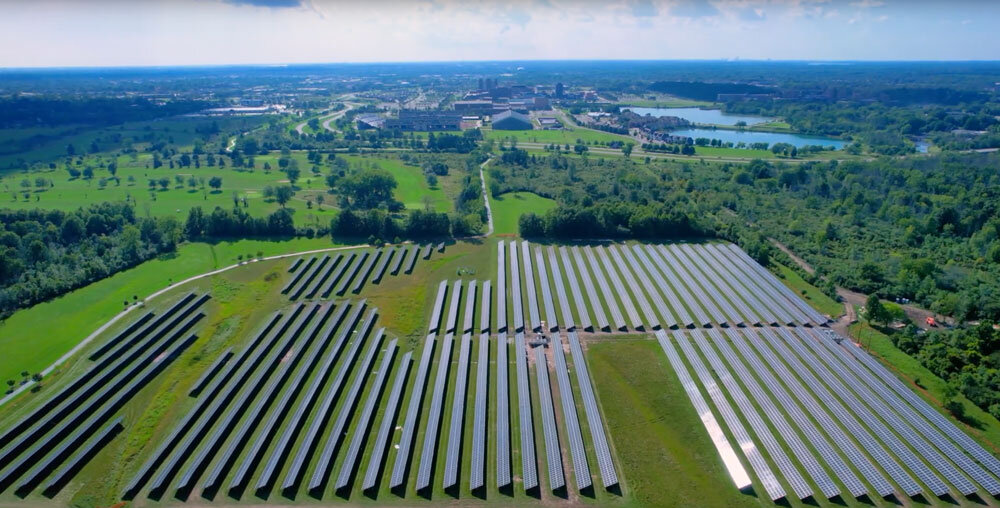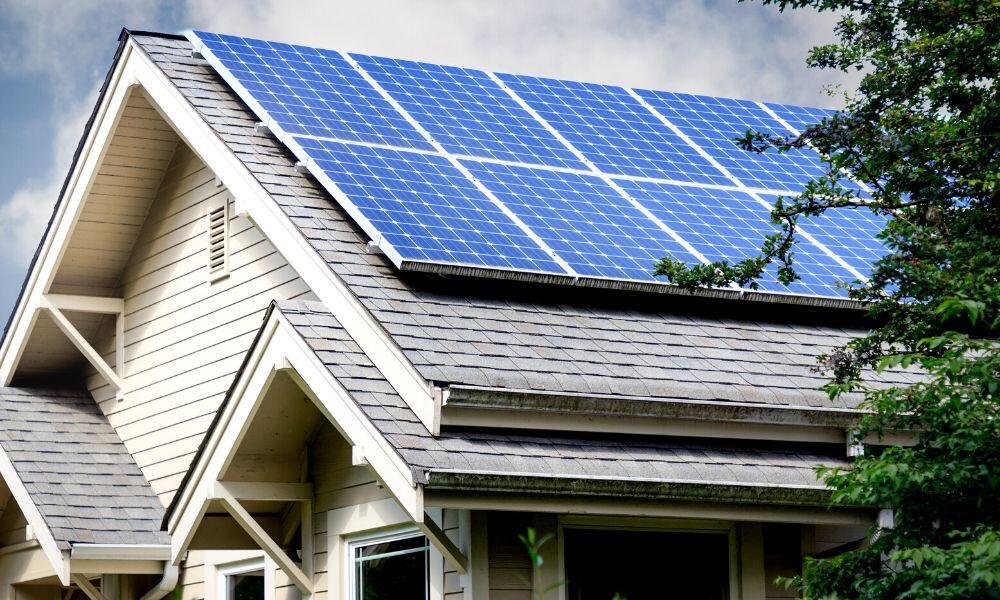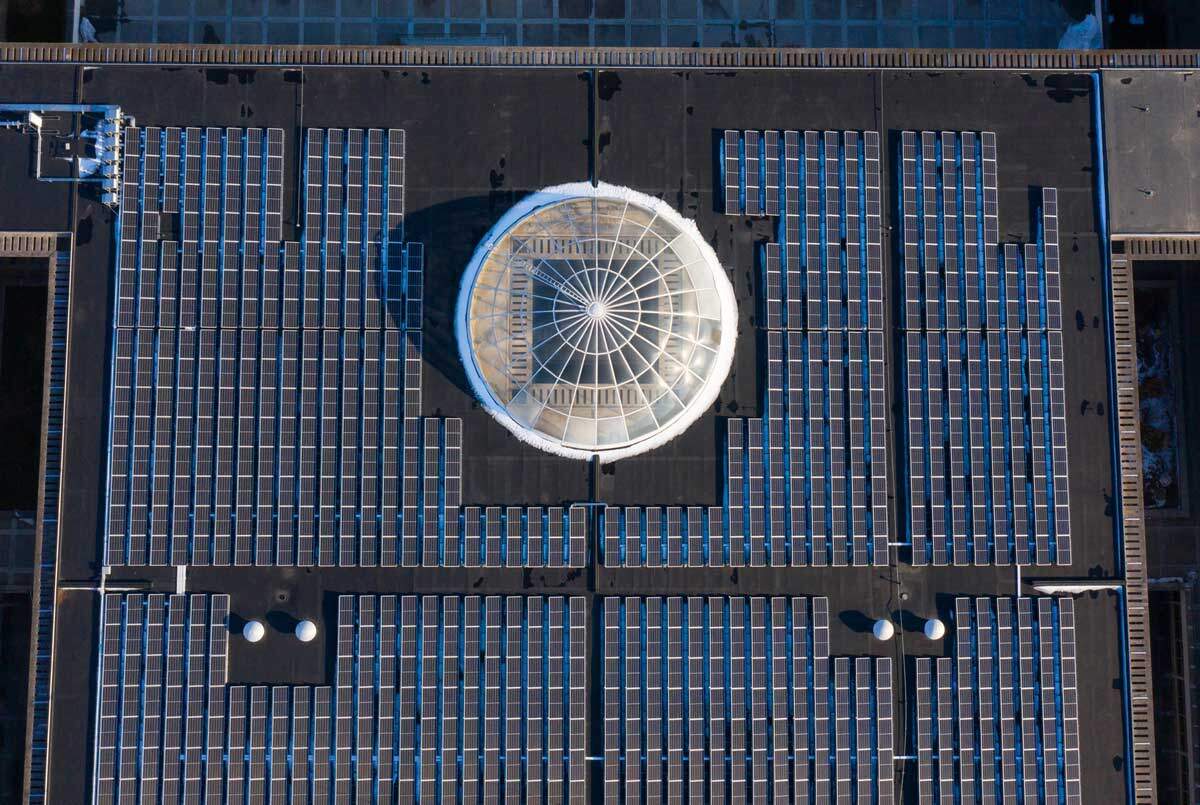New York Raises Community Solar Cap From 2 MW To 5 MW
solarindustrymag.com
Betsy Lillian
February 28, 2018
The New York State Public Service Commission (PSC) is now allowing larger community solar projects to participate in the state’s clean energy program. According to the commission, this decision will allow more renewable energy projects to be built while driving down overall costs for consumers.
“Expanding access to cost-effective clean energy is a primary goal of New York’s clean energy standard, which will create enough renewable energy to meet half of the state’s electricity needs by 2030,” says John B. Rhodes, commission chair, in a press release. “Our decision to expand the size of the projects eligible for compensation will further reduce costs and spur the development of solar power, energy storage and other localized forms of electric generation.”
In its decision, the PSC increased the maximum rated capacity for projects from 2 MW to 5 MW – a move supported by the Coalition for Community Solar Access, the Alliance for Clean Energy New York, the Natural Resources Defense Fund, Pace Energy and Climate Center, the New York Solar Energy Industries Association, the Solar Energy Industries Association (SEIA), and Vote Solar.
In a blog, SEIA’s Sean Gallagher writes, “In great news for New York’s solar industry, the stateis now welcoming community solar projects of up to 5 MW – a significant increase from the previous 2 MW cap.” He says the new policy will “enable many more New Yorkers to access solar energy, and especially those who cannot access it today, such as low-income residents, renters, municipalities and small businesses.”
The Value of Distributed Energy Resources (VDER) compensation system was created to move beyond net energy metering, which has served as an instrumental component of the emergence of renewable and distributed energy systems over the past decade, says the PSC. Uniquely, the VDER mechanism will be more accurate in determining the values that these systems bring to the grid and society, including, for the first time, locational and environmental benefits.
The commission notes that community distributed generation (CDG) projects will benefit substantially from economies of scale; allowing projects larger than 2 MW to participate in the tariff could significantly lower costs.
The size increase will apply to all project and technology types currently eligible for compensation, except combined heat and power (CHP). Because only residential CHP with a rated capacity of 10 kW or below is currently eligible for VDER-based compensation, as was the case under net metering, expansion of eligibility of larger CHP units is being separately considered, according to the commission.
In some areas, it may be impractical or even impossible to sufficiently upgrade the distribution system to handle one or multiple 5 MW projects, the PSC notes. The commission says that existing interconnection rules require technical impact review for such projects and payment for any necessary system upgrades by the applicant, such that the integration of larger projects on the distribution system will not create reliability impacts or costs for utilities or non-participating ratepayers.





